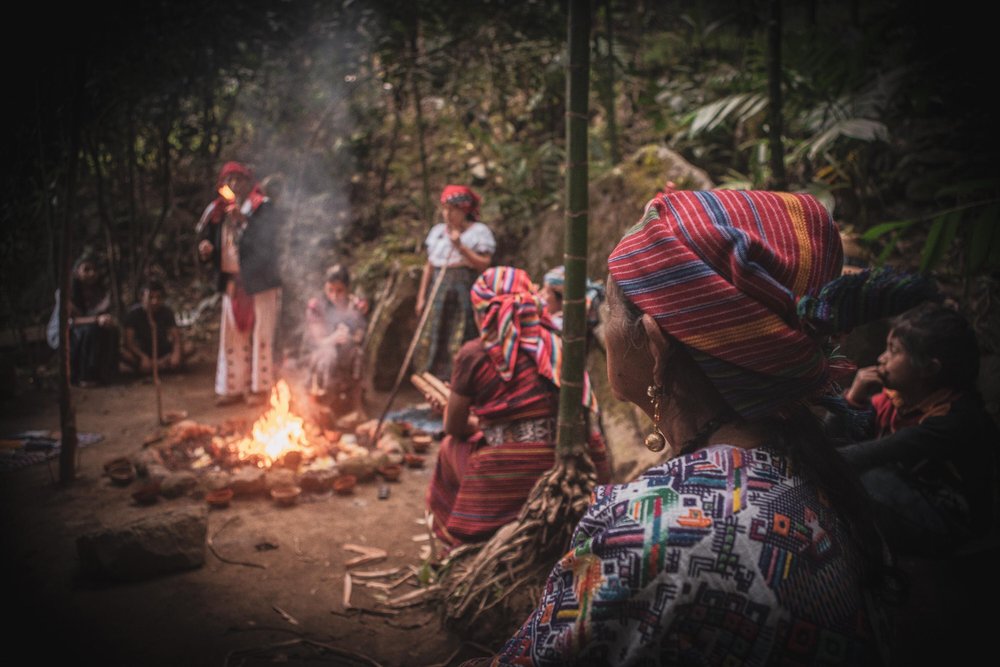
Cacao ceremonies are everywhere. In nearly every major city there is an offering (or several) to experience “The Food of The Gods”, Theobroma Cacao. Despite modern society’s interest in these traditional rites, not all Cacao ceremonies are curated equally. Many Cacao “ceremonies” that we see today lack integrity and pay very little respect to the original people who have been protecting sacred plants like ceremonial Cacao for centuries. So how do we know when a ceremony is guided with honor, respect, and authenticity? What must one do to create a safe and earnest environment for ceremonial Cacao? In this modern context, how do we connect to the intention of the venerable heritage of ceremonial Cacao? To answer these questions, let’s look at some of the more traditional requirements for these ceremonies.
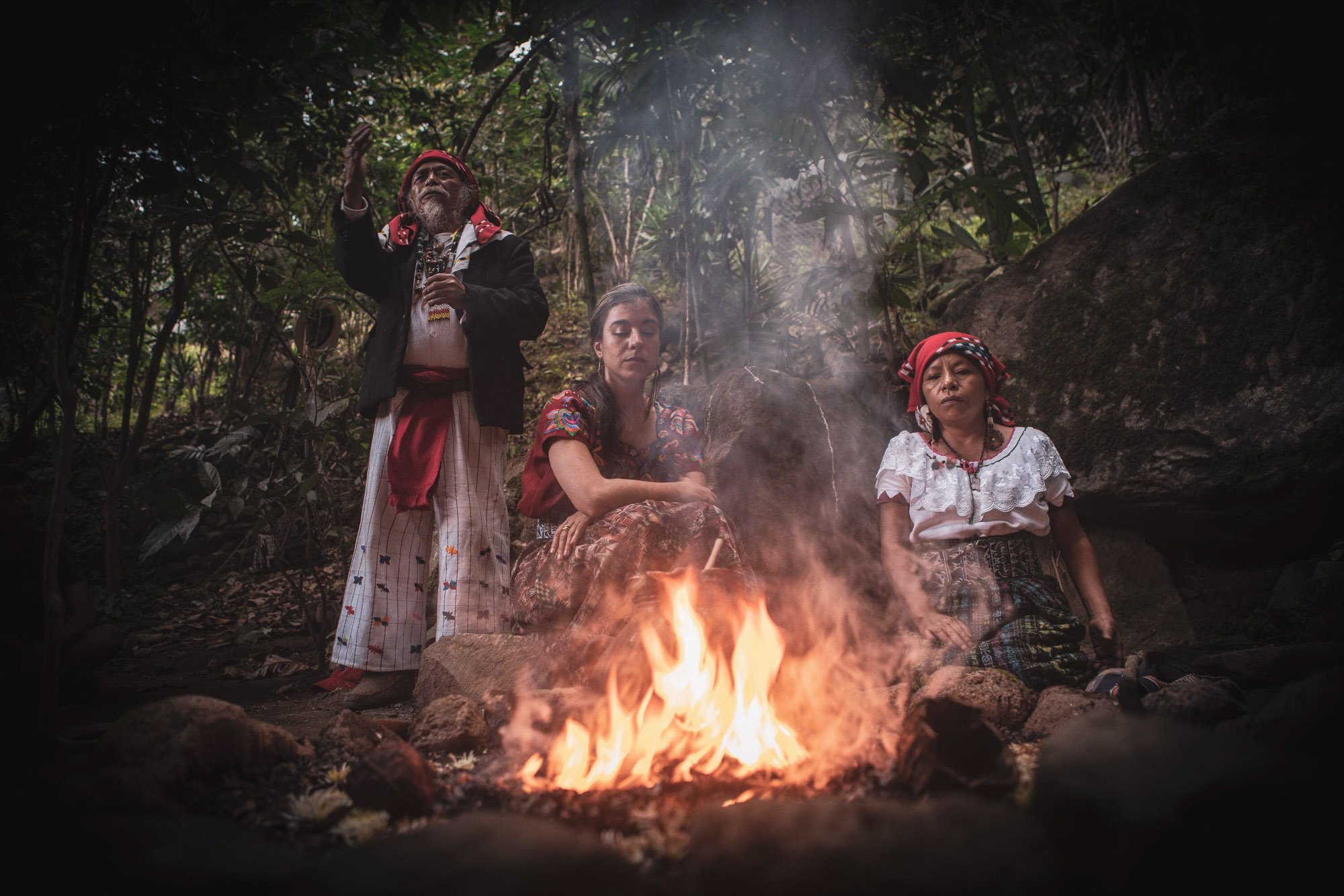
Everything grows from the Cacao
A Cacao ceremony is nothing without Cacao. So much so that the quality and origins of the Cacao play a major role in the consecration of the experience. “Ceremonial-grade” is a class of Cacao characterized by high-quality beans of heirloom strains that are grown in biodiverse agroforestry systems. This is very important for many reasons, primary of which is the continued replenishment of the soil. To have Cacao be considered ceremonial-grade, all beings involved should be treated with respect and be paid fairly. Cacao should also go through the process of fermenting and roasting. Some Cacao farms have been skipping the process of fermentation, but this is essential, as it supports the bioavailability of certain nutrients. The roasting is traditional to many of the cultures working with Cacao. There are women in the Mayan communities who have been in charge of roasting the cacao beans for decades.
The ambiance of the Cacao ceremony
The ceremonial ambiance is crucial when “creating the container”. This means the circle needs to feel safe and supported enough to be equal parts vulnerable, receptive, and open. When the phrase “creating the container” is thrown around, these are the principles it is referring to. The participants must feel able to open up. Metaphysically speaking, there needs to be a clearing of energy and setting of energetic tone. The easiest way to clear it is to burn herbs, oils, or traditional ingredients, allowing scent and smoke to root the collective energy. Burning Palo Santo, copal, sage, frankincense, myrrh, or a spray that contains energetic cleansing properties will suffice to clear the stage for the energies of the ceremony.
The sacred fire
For the Maya, the fire is a big part of the ceremony. The fire is the communication channel between the physical realm and the spirit world. If having a big fire isn’t an option, having either one or four candles is recommended to symbolize the energy of the fire. My mentor, Nana Marina Cruz, always says, “even if what we offer is not a lot, we offer the best of what we have with all the love and respect.” The intention behind our offering and action is a large part of the ceremonial experience. Having an altar with offerings such as flowers, fruits, crystals, copal, candles, and representations of energies we feel connected to can support the concentration and focus of the ceremony. The intention and purpose of what is being shared on the altar is a huge component.
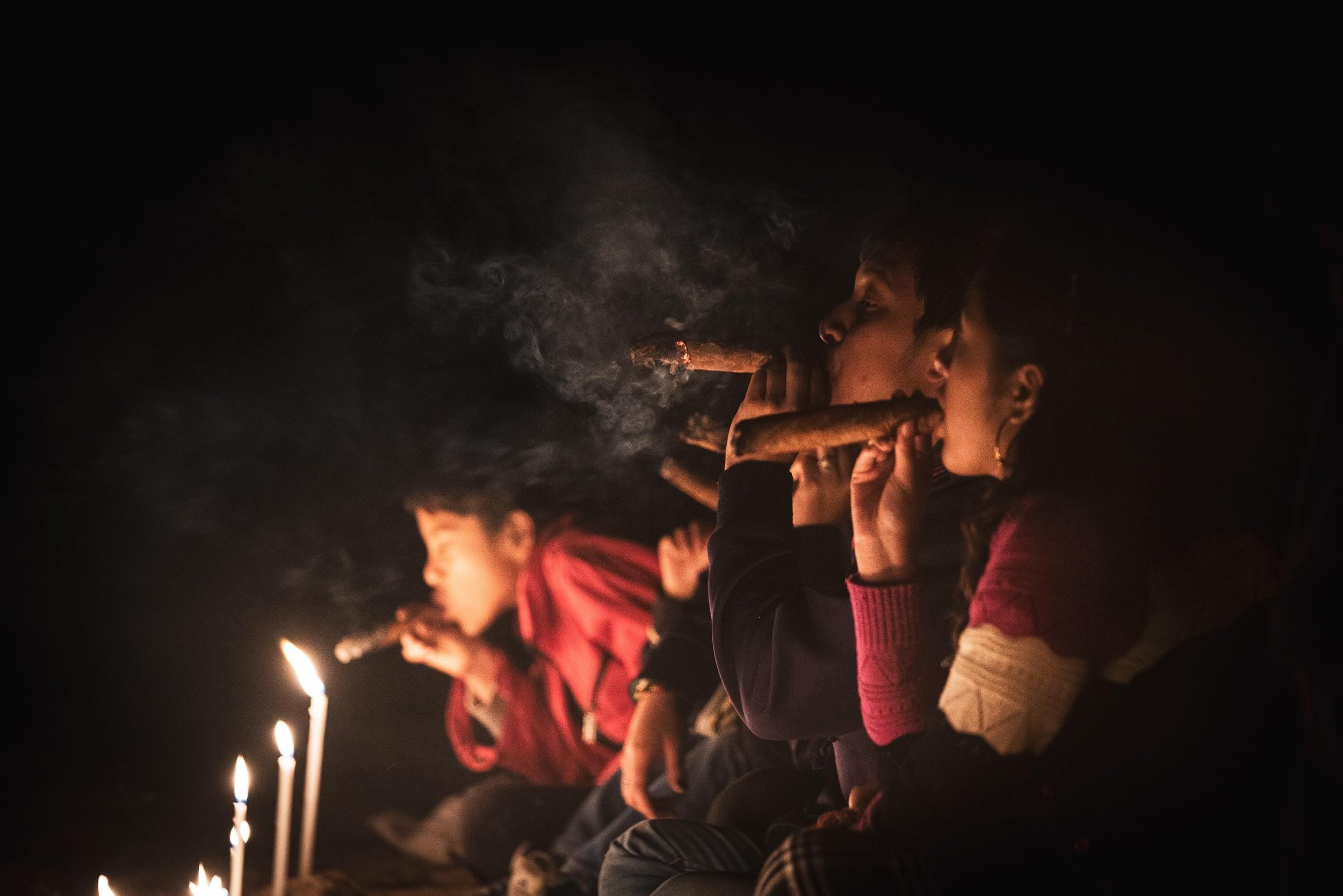
Dress in the ceremonial space
Finally, clothing is important. While donning traditional Maya clothing can be argued as appropriative, at the very least one should cover their shoulders, stomach, and knees. The connection to the divine, in this setting, asks for clear and focused energy. From the Mayan perspective, they feel that sexual energy has its place and it is not in Cacao ceremonies. The purpose of the ceremony is to deepen our connection with ourselves and open our communication with spirit or source energy. Mixing sexual energy with ceremonial practices that involve sacred plants like Cacao is not something that the Maya practice. However we may feel about this, when we take on the practice of another culture and use medicine that is traditional to that culture, we must respect their guidelines to not mar the sacred. Covering your shoulders before serving cacao demonstrates honor and reverence to those who have come and served before us.
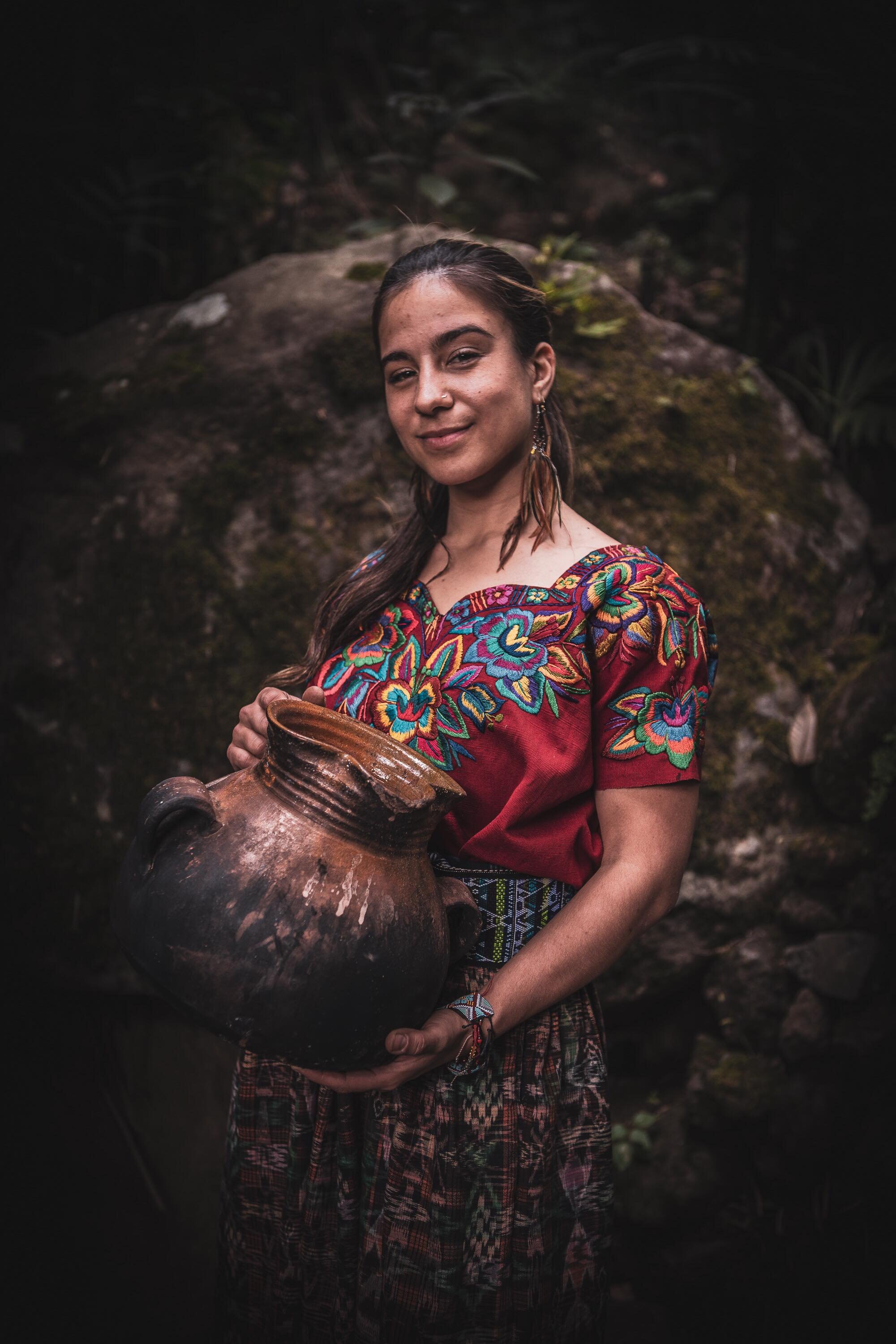
What the Cacao ceremony may teach us
Historically–and across many indigenous groups–the Maya are one of the main nations known to have been the guardians of Cacao through many generations. This may be due to their deep connection to this plant medicine. In the indigenous ways, medicine refers to anything that brings alignment of mind, body, and spirit. The Maya commune with Cacao in earnest belief that the medicine is a chance to eliminate emotional blockages, so they may communicate with the creator of life, not just talk about the creator. Cacao Ceremonies are a spiritual practice that reminds us to explore what it means to open the field of communication through invocation and offerings, but it also expands our practice to listen and receive wisdom.
Some other important aspects of Ceremony are the following:
● Blessing, invocation – opening to a sacred space.
● Connection to the heart, the elements, and the energies that sustain us.
● Offering songs, prayers, words of purpose, meditation, connection to the breath, observance of the physical and energetic body, and observance of the messages moving through the circle.
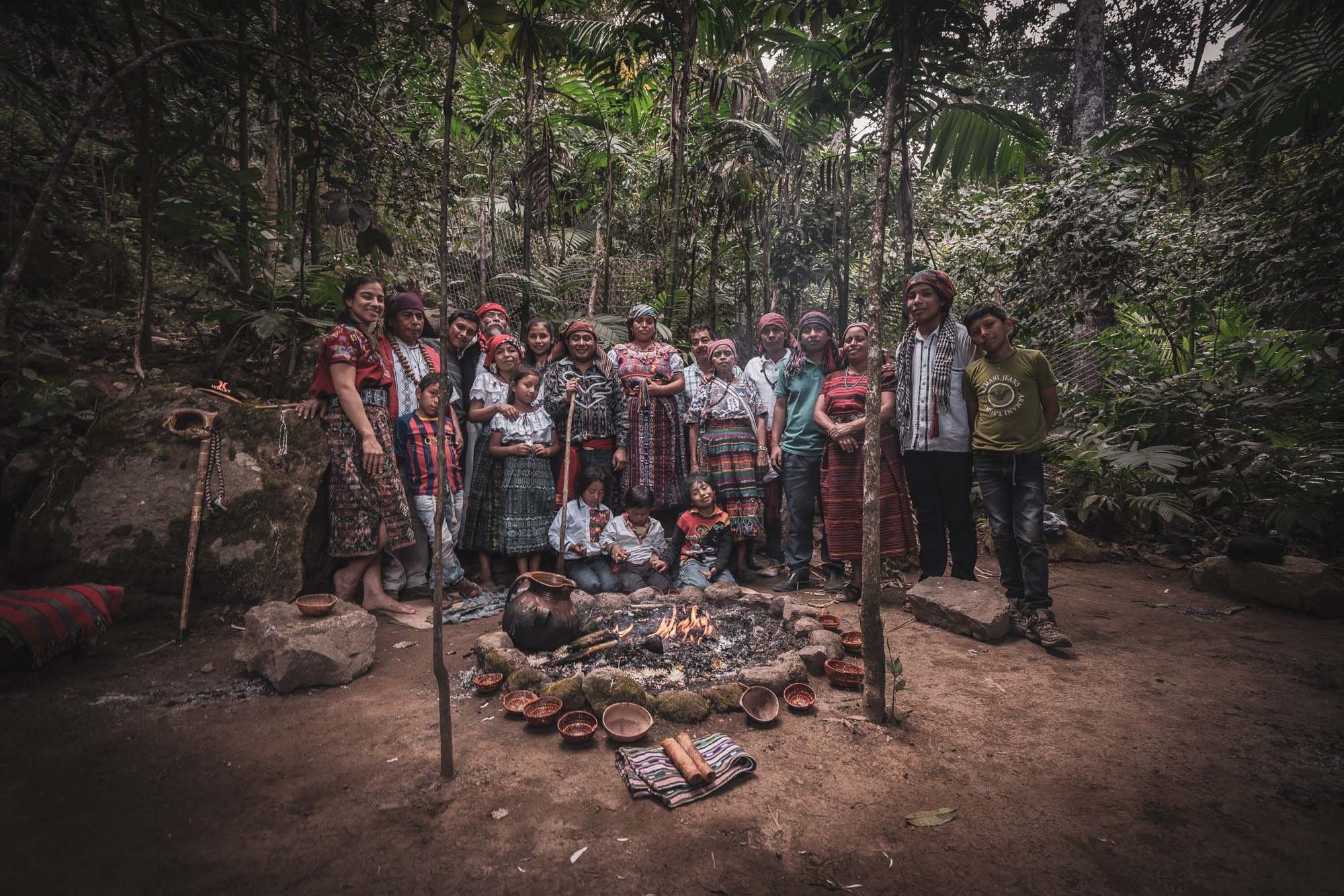
Our responsibilities as Cacao ceremony practitioners
When we share Cacao, we must understand that it is a hallowed plant that has great meaning to cultures who have fought for–and remained connected to–their practices for thousands of years. When we invite others to experience a ceremony, we must honor that which makes it ceremonial. When we take on the role as a facilitator and offer to hold space, we must create an environment that yokes the requirements of the practice with the needs of the participants. Remember: the quality of the Cacao, the setting, and the facilitators are crucial in the preparation of the container so that the divinity of this sacred food may be fully expressed.
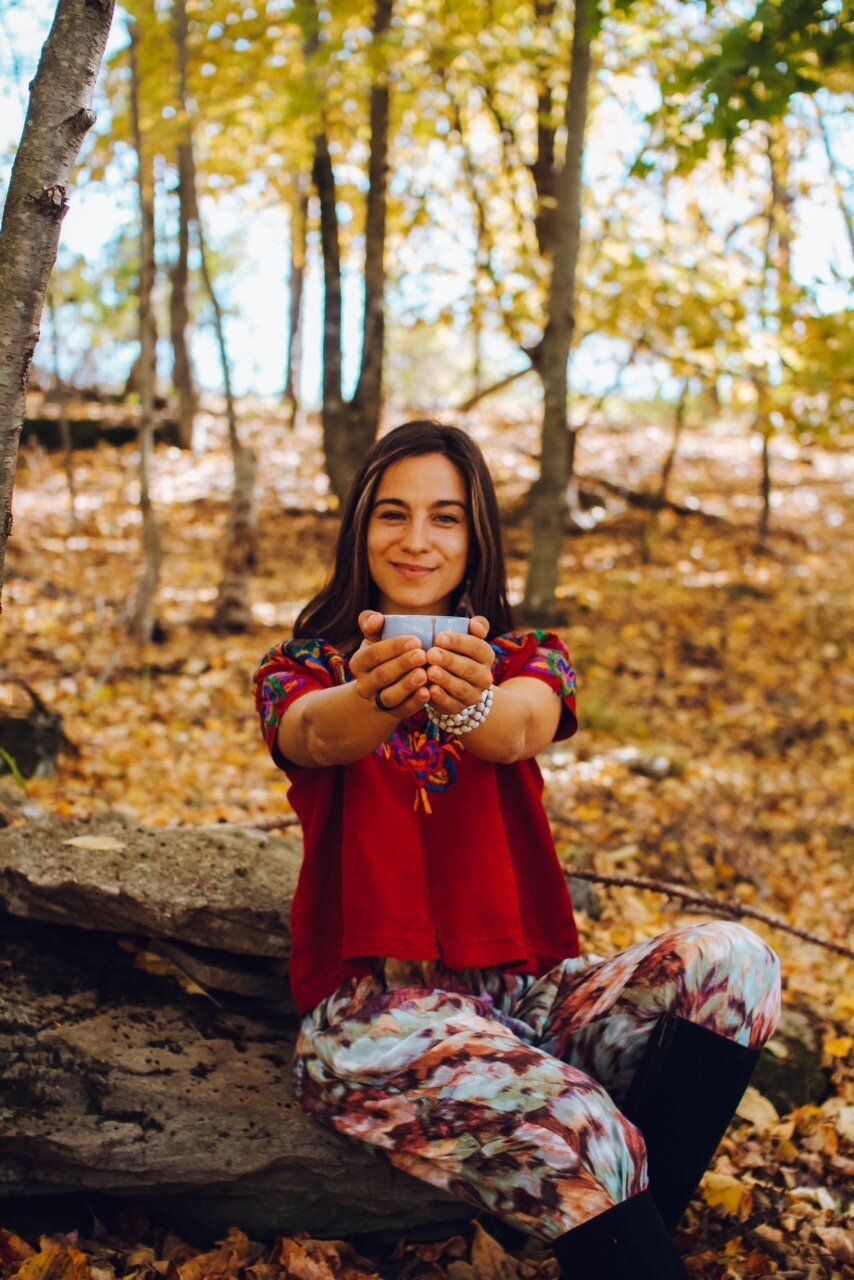
And lastly, enjoy!
